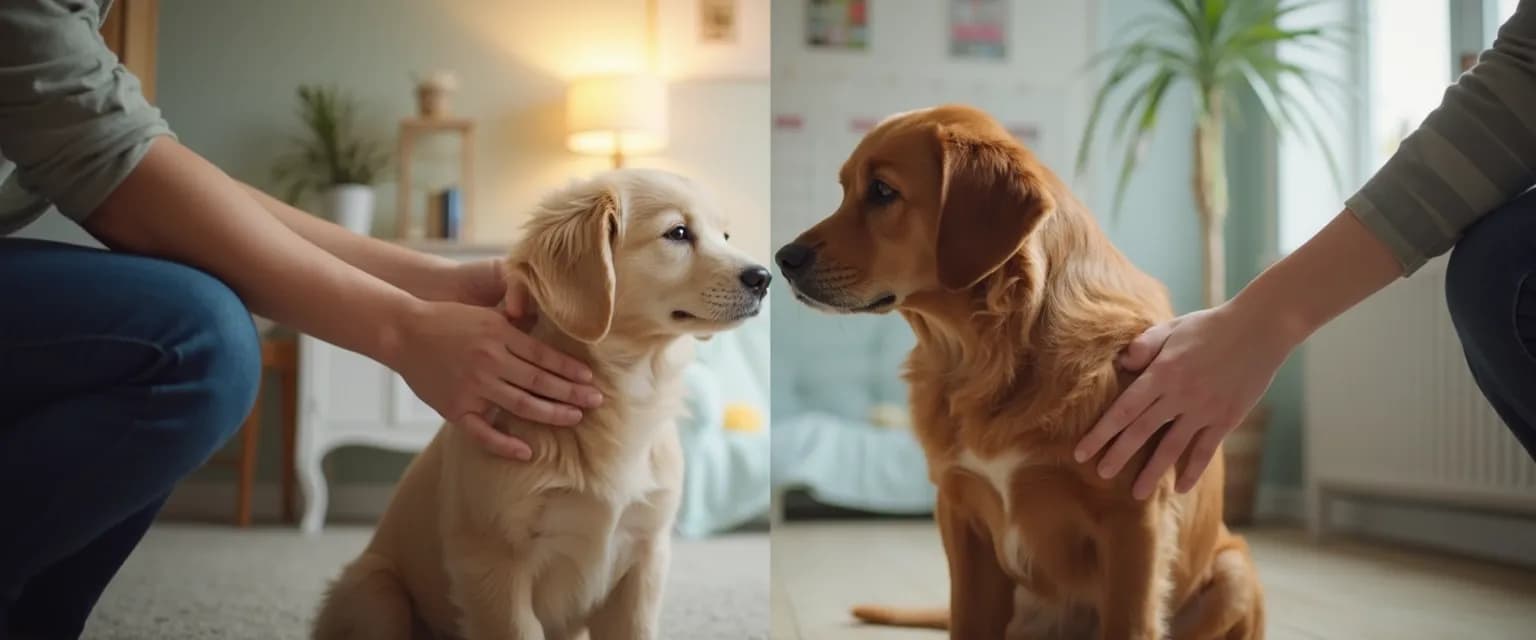Navigating Shared Pets After Breakup: A Co-Parenting Guide That Works
When a relationship ends, the question of "who gets the pet?" can be as emotionally charged as any other aspect of a breakup. Unlike children, pets don't have legal custody frameworks in most places, leaving many former couples navigating uncharted territory. Creating a thoughtful co-parenting plan for your shared pet after a breakup isn't just kind—it's essential for your furry friend's wellbeing and your own emotional healing.
The end of a romantic relationship doesn't need to mean the end of your shared connection with a beloved pet. In fact, developing a structured approach to pet sharing can provide stability during this turbulent time. While the breakup itself might be painful, establishing clear boundaries and expectations for your pet's care ensures they don't become collateral damage in your separation.
Remember that your pet formed attachments to both of you. Abruptly removing one owner from their life can cause anxiety, depression, and behavioral issues. By focusing on what's best for your pet rather than winning a breakup battle, you're making a compassionate choice that benefits everyone involved—especially the innocent four-legged friend caught in the middle.
Essential Elements of a Post-Breakup Pet Sharing Agreement
Creating a solid framework for sharing your pet after a breakup starts with a clear schedule. Consider your pet's needs first—some animals adapt better to transitions than others. For dogs and cats who handle change well, alternating weeks might work. For more sensitive pets, longer stays with fewer transitions could be better. Document this schedule digitally so there's no confusion about whose turn it is.
Financial responsibility is another crucial component of any breakup pet agreement. Decide how you'll split routine costs like food, grooming, and preventative veterinary care. For unexpected expenses, establish a threshold amount (say, $200) below which you split costs evenly, and a protocol for discussing larger expenses before they occur. Some former couples find that setting up a joint pet expense account works well.
Consistency in care routines matters tremendously to pets, especially after a breakup when their world is already changing. Create a shared document detailing your pet's:
- Feeding schedule and food preferences
- Exercise requirements
- Medical history and medication schedules
- Behavioral quirks and comfort items
- Training commands and reinforcement methods
Finally, establish clear boundaries for pet transitions. Will you meet at a neutral location? Will one person always drop off while the other picks up? These emotional intelligence strategies help minimize potential conflict during handoffs, making the breakup aftermath smoother for everyone.
Communication Strategies for Successful Pet Co-Parenting After Breakup
Effective communication becomes even more critical when sharing a pet after a breakup. The key is maintaining pet-focused conversations that don't reopen relationship wounds. Text messages work well for quick updates, while dedicated pet-sharing apps like Pawprint or even shared calendar systems can track schedules without direct interaction.
When discussing your pet, use "I" statements rather than accusatory language. Instead of "You never walk him enough," try "I notice Max seems to have more energy lately. Could we adjust his exercise schedule?" This breakup communication technique keeps conversations productive rather than confrontational.
Disagreements will inevitably arise, but handling them maturely sets a positive example of how to navigate post-breakup relationships. Consider establishing a "cooling off" rule—if a pet-related discussion becomes heated, agree to revisit it in 24 hours when emotions have settled.
Plan to review your arrangement quarterly during the first year after your breakup. As life circumstances change—new jobs, relocations, or new relationships—your pet sharing plan may need adjustments. Maintaining flexibility while honoring your commitments demonstrates emotional resilience during this challenging transition.
Moving Forward with Your Breakup Pet Arrangement
As you implement your pet sharing plan after the breakup, focus on maintaining consistency in your pet's daily routine. Animals thrive on predictability, so keeping mealtimes, walk schedules, and play sessions similar between households helps them adjust to their new normal.
When new partners enter the picture, introduce them gradually to your pet, and establish clear expectations about their role in pet care. A successful transition includes respecting that your ex remains an important figure in your pet's life, regardless of how your romantic relationship ended.
Signs your breakup pet arrangement is working include a happy, well-adjusted pet who transitions easily between homes and owners who can communicate respectfully about pet needs. Remember that navigating pet custody after a breakup is challenging but ultimately rewarding when done with compassion and clear boundaries.




